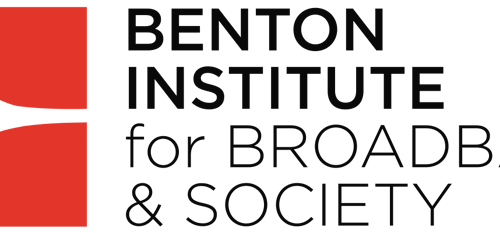At the last meeting of the Quello Center Advisory Board, in the late Fall of 2014, we discussed key issues tied to media, communication and information policy and practice. The following list is a snapshot of the key issues emerging from that discussion, organized by general categories. Feedback on this list would be most welcome, and will be posted as comments on this post.
Innovation-led Policy Issues
The Future of Content Delivery: Content delivery, particularly around broadcasting of film and television, in the digital age: technology, business models, and social impact of the rapidly developing ecosystem, such as on localism, diversity, and quality.
Wearables: What appears to be an incremental step could have major implications across many sectors, from health to privacy and surveillance.
Regulation of the Internet of Things: Implications for urban informatics, transportation and environmental systems, systems in the household, and worn (wearables above). A possible focus within this set would be on developments in households.
Internet2: Implications for shaping the future of research and educational networking.
Other Contending Issues: Big data, drones, Cloud computing, …
Problem-led Initiatives
(In)Equities in Access: Inequalities in access to communication and information services might be growing locally and globally, despite the move to digital media and ICTs. The concept of a digital divide may no longer be adequate to capture these developments.
ICT4D or Internet for Development: Policy and technology initiatives in communication to support developing nations and regions, both in emergency responses, such as in relation to infectious diseases, or around more explicit economic development issues.
Digital Preservation: Despite discussion over more than a decade, it merits more attention, and stronger links with policy developments, such as ‘right to forget’. ‘Our cultural and historical record are at stake.’
Evolving Policy Issues Reshaped by Digital Media and Information Developments
Universal Access v Universal Service: With citizens and consumers dropping some traditional services, such as fixed line phones, do we need to refocus on providing a minimal level of broadband access to everyone, independent of devices?
Concentration and the Plurality of Voices: Trends in the diversity and plurality of ownership, and sources of content, particularly around news. Early work on media concentration needs new frameworks for addressing global trends on the Web, in print media, automated text generation, and more.
Emerging Privacy Policy: Efforts to balance security, surveillance and privacy, post-Snowden, and in wake of concerns over social media, and big data. White House work in 2014 on big data and privacy should be considered. Policy and practice in industry v government could be a focus. Is there a unifying sector specific perspective?
Freedom of Expression: New and enduring challenges to expression in the digital age.
Media and Information Policy and Governance
Rewrite of the 1934 Communications Act, last up-dated in 1996: This is unlikely to occur in the current political environment, but is nevertheless a critical focus.
Network Neutrality: Should there be Internet fast lanes and more? Issue has been ‘beaten to death’, but brought to life again through the public statements of Chairman Wheeler and President Obama. Huge implications for better or worse.
Future of Internet Governance: Normative and empirical perspectives on governance of the Internet at the global and national level. Timely issue critical to future of the Internet, and a global information age, and rise of national Internet policy initiatives.



